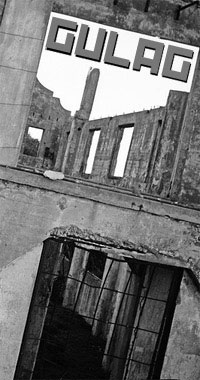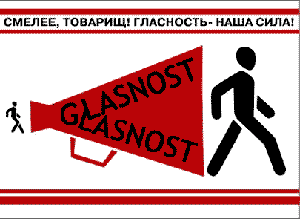The Russian words that we know best probably come from historical events that occurred in the early twentieth-century and in the 1980s when Mikhail Gorbachev led the effort to dismantle the Soviet Union.

Source: Tsar Nicholas II, Boris Kustodiyev, Wikipedia.
czar
noun
Language: Russian (roughly, “emperor” or “king”)
Merriam-Webster Dictionary pronunciation:
\'zär, '(t)sär\
How it’s used: The Czar or Tzar, was the king-like ruler of Russia until about 1915. In the United States and United Kingdom, the word is an informal title for high-level officials focused on a single area of expertise—the head of the U.S. Office of Drug Policy is the “drug czar.” Generally, anyone in a position of great authority and power might be called a czar.
History: This word has some mileage on it! Originally it came from the Latin word “Caesar,” which isn’t a name but a word similar in meaning to “emperor.” In Russian church translations of old Greek documents, the word became tsar and was used to refer mostly to ancient rulers and Biblical kings until a Russian ruler took the title for himself around 1270. In the early 1900s, the term came into popular American and British use as a word for someone with immense power who wasn’t a part of the usual government structure. For instance, in 1926 the New York Times ran an article about Harry Danziger, the “czar of milk dealers.”
Example: Michael Ovitz, who is able to make or break a movie career with a phone call, is a famous film agent and Hollywood czar.

“Prison system failure Alcatraz,” Mathias
Barbagallo, Flickr
gulag
noun
Language: Russian (see below)
Merriam-Webster Dictionary pronunciation:
\'gü- ,läg\
How it’s used: Whenever a government uses a prison system to oppress its citizens—particularly a government with harsh penalties for political prisoners—you might hear the word gulag. As a metaphor, it brings up images of isolation, solitary confinement, harsh labor, and cruel punishment.
History: Originally an acronym, “GULAG” was the shortened name of the Russian organization that managed labor camps and many prisons from 1930-1960. The word was extended to mean the entire Soviet prison labor system. Russian author Aleksandr Solzhenitsyn introduced the word to English readers in his book The Gulag Archipelago, which emphasized the cruelty and high death rates of the labor camp system.
Example: During the early years of the Communist Party, gulags were generally seen as a way to silence people who opposed the government.

Source: “Glasnost” Poster: “Be Bold, Comrade! Openness: Our
Strength!” Google Images
glasnost
noun
Language: Russian (“openness”)
Merriam-Webster Dictionary pronunciation:
\'glaz- (,)nōst\
How it’s used: This word refers to a Russian policy introduced in the mid-1980s that emphasized open and transparent government, reduction in censorship, and freedom of information. The term also refers to the period in Russian history when this change occurred. Sometimes you’ll hear glasnost used to suggest government openness.
History: Though the Russian word glasnost to describe government transparency existed earlier, it made the news when Mikhail Gorbachev introduced glasnost as a government policy in the 1980s. Its sister word perestroika was a systemic restructuring of the Russian Communist party. By the end of the 1980s the Soviet Union had been broken apart and the Cold War was over. These were powerful words!
Example: Russian journalists had been afraid to criticize the government, but during glasnost, it was possible to investigate and report corruption.
If you come across other words with foreign origins in your reading, follow the steps from this lesson. Look up the word in a dictionary, read its part of speech, study the pronunciation key, and read through the definition several times. If this isn’t possible, try to figure out the word’s meaning by examining the context of the sentence.